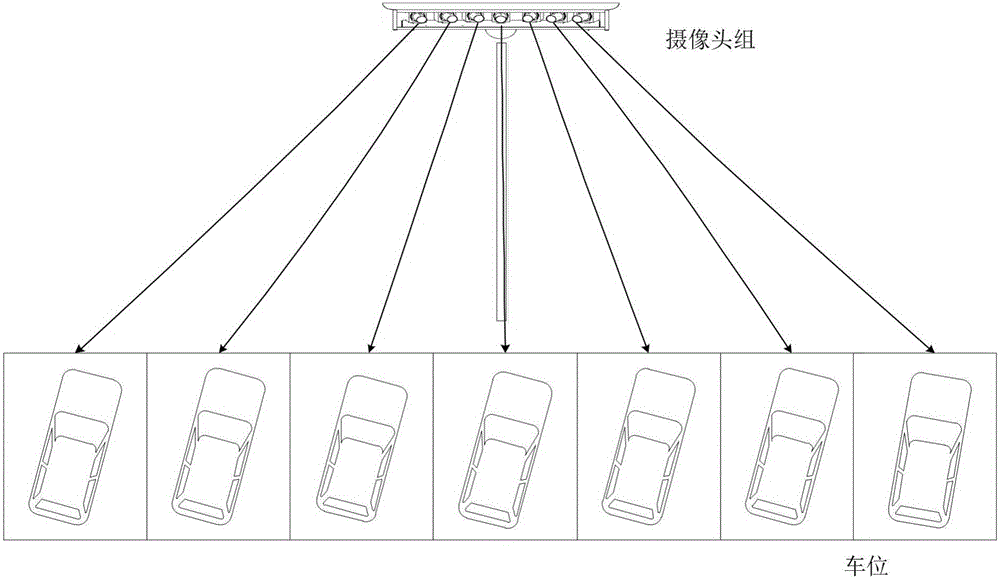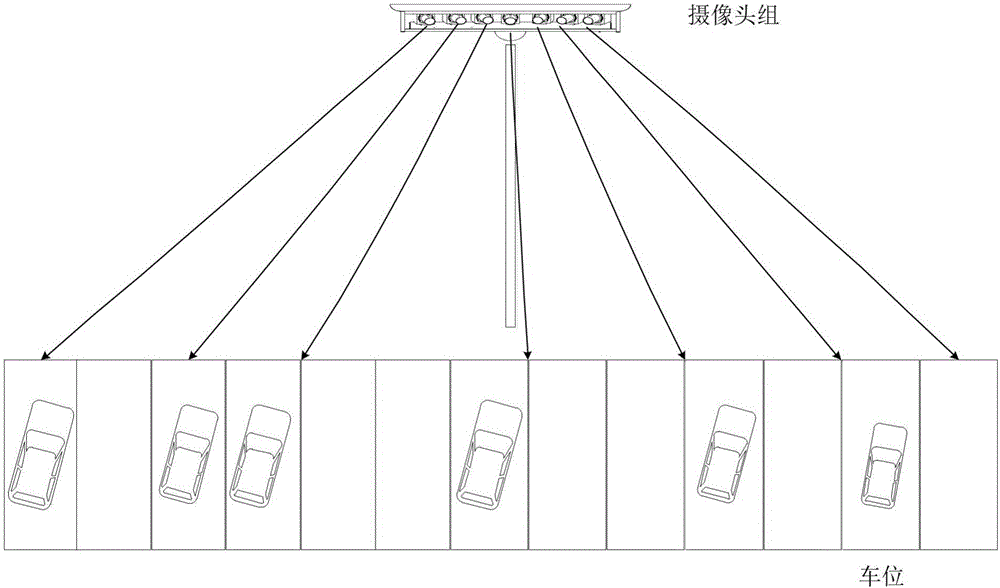Parking management system for open type parking lot and management method of parking management system
A parking management and parking lot technology, applied in the open parking lot parking management system and its management field, can solve problems such as labor cost waste, low work efficiency, and personnel misoperation, and achieve labor cost saving, long service life, and wide range wide effect
- Summary
- Abstract
- Description
- Claims
- Application Information
AI Technical Summary
Problems solved by technology
Method used
Image
Examples
Embodiment Construction
[0059] The specific embodiments of the present invention will be further described in detail below with reference to the accompanying drawings.
[0060] The following description and drawings sufficiently illustrate specific embodiments of the invention to enable those skilled in the art to practice them. Other embodiments may include structural, logical, electrical, process, and other changes. The examples are only representative of possible variations. Unless explicitly required, individual components and functions are optional and the order of operations may vary. Portions and features of some embodiments may be included in or substituted for those of other embodiments. The scope of embodiments of the invention includes the full scope of the claims, along with all available equivalents of the claims. These embodiments of the invention may be referred to herein by the term "invention," individually or collectively, for convenience only and not to automatically limit the a...
PUM
 Login to View More
Login to View More Abstract
Description
Claims
Application Information
 Login to View More
Login to View More - R&D
- Intellectual Property
- Life Sciences
- Materials
- Tech Scout
- Unparalleled Data Quality
- Higher Quality Content
- 60% Fewer Hallucinations
Browse by: Latest US Patents, China's latest patents, Technical Efficacy Thesaurus, Application Domain, Technology Topic, Popular Technical Reports.
© 2025 PatSnap. All rights reserved.Legal|Privacy policy|Modern Slavery Act Transparency Statement|Sitemap|About US| Contact US: help@patsnap.com



